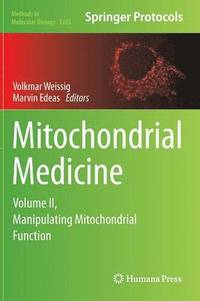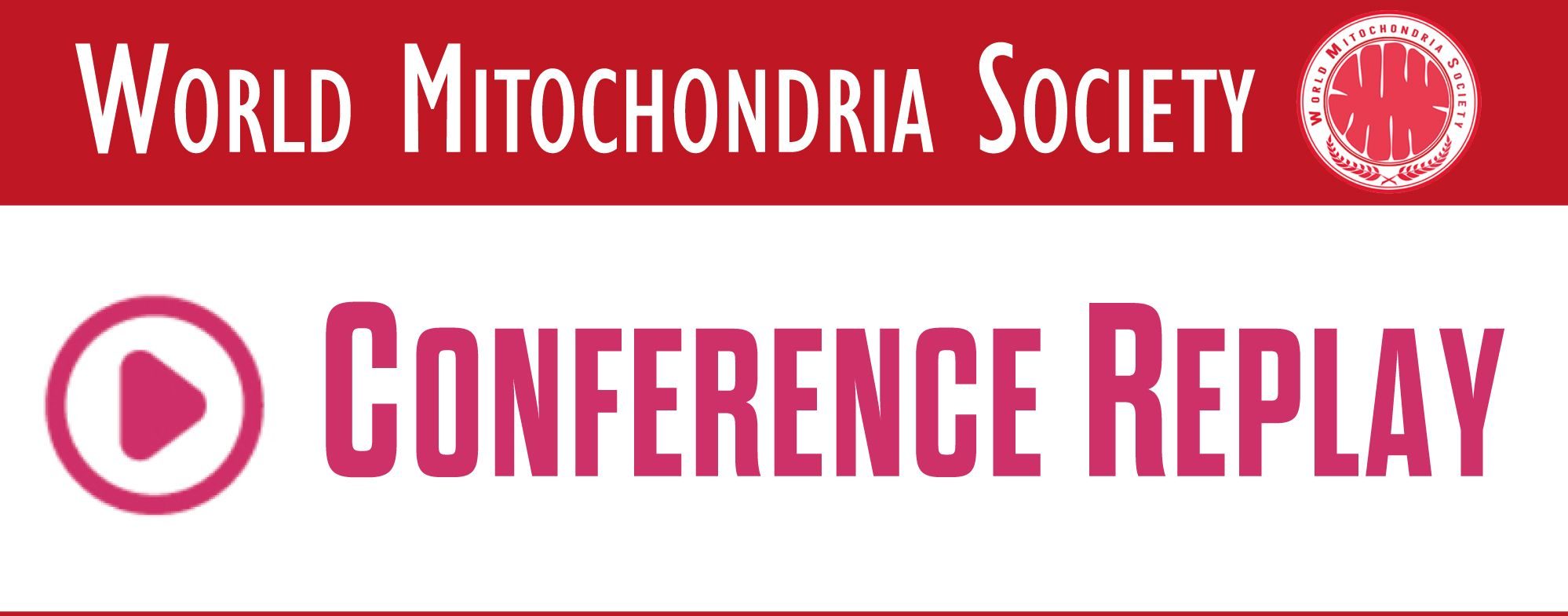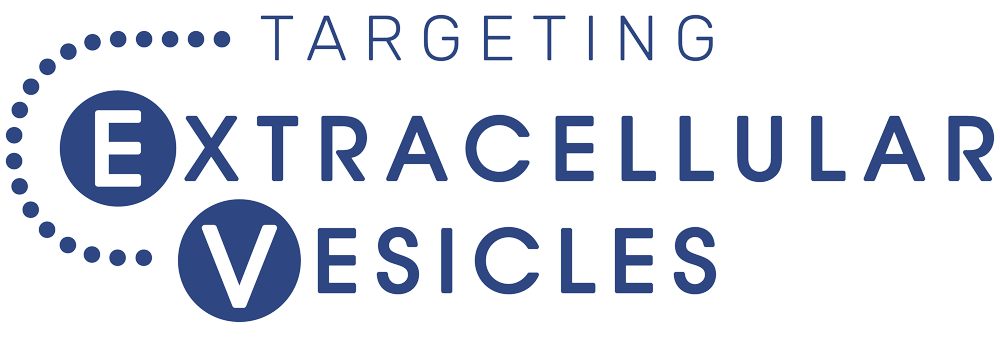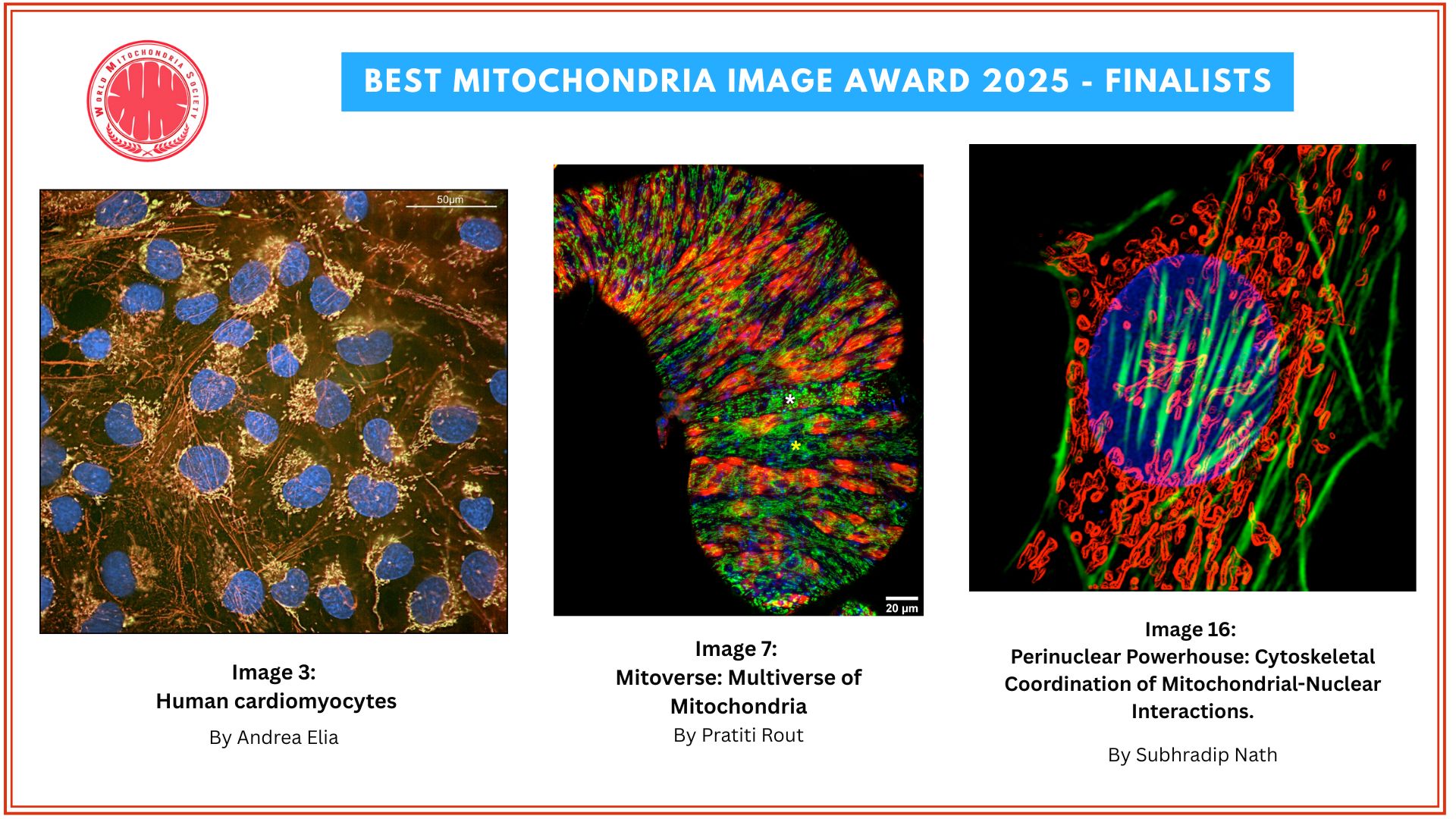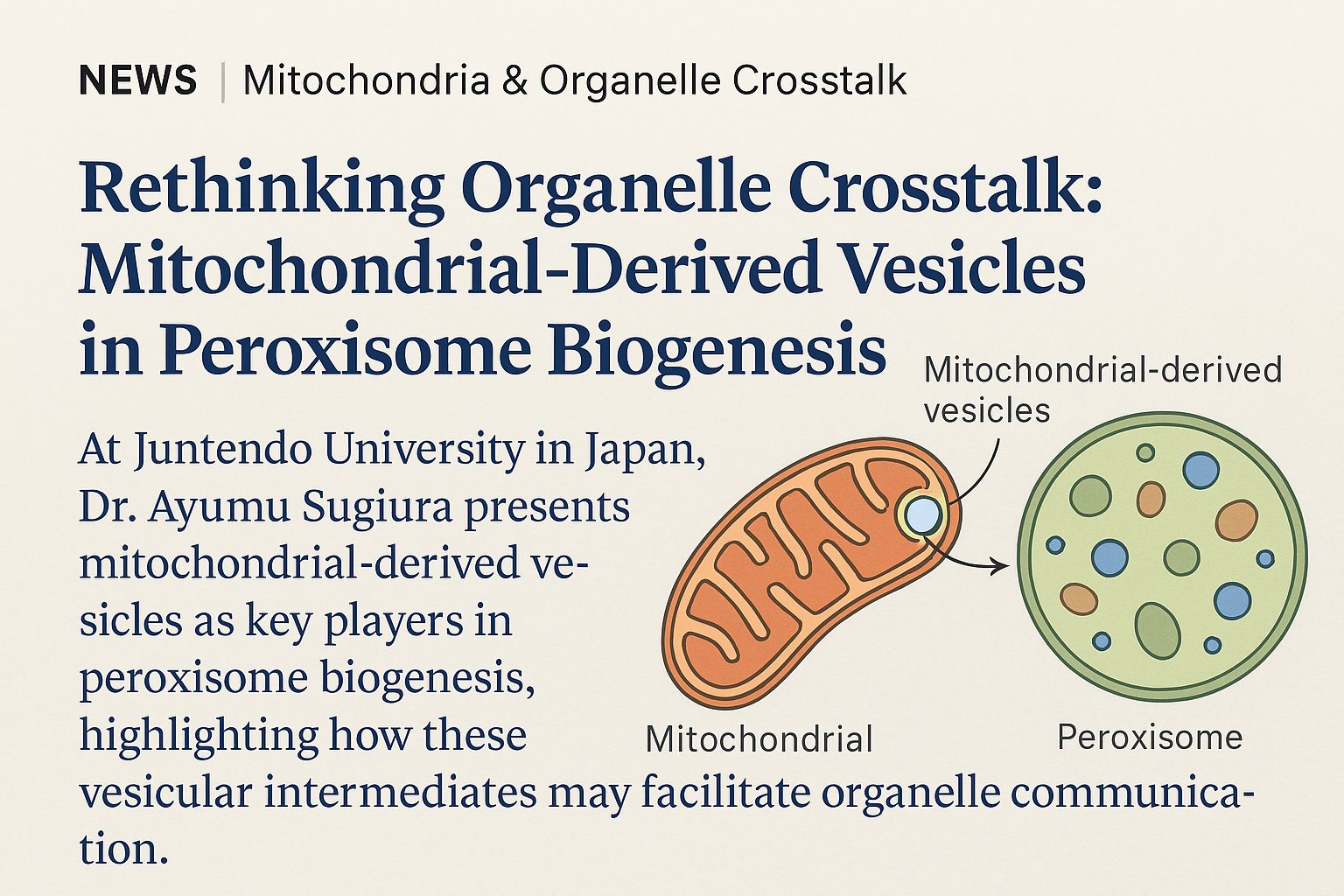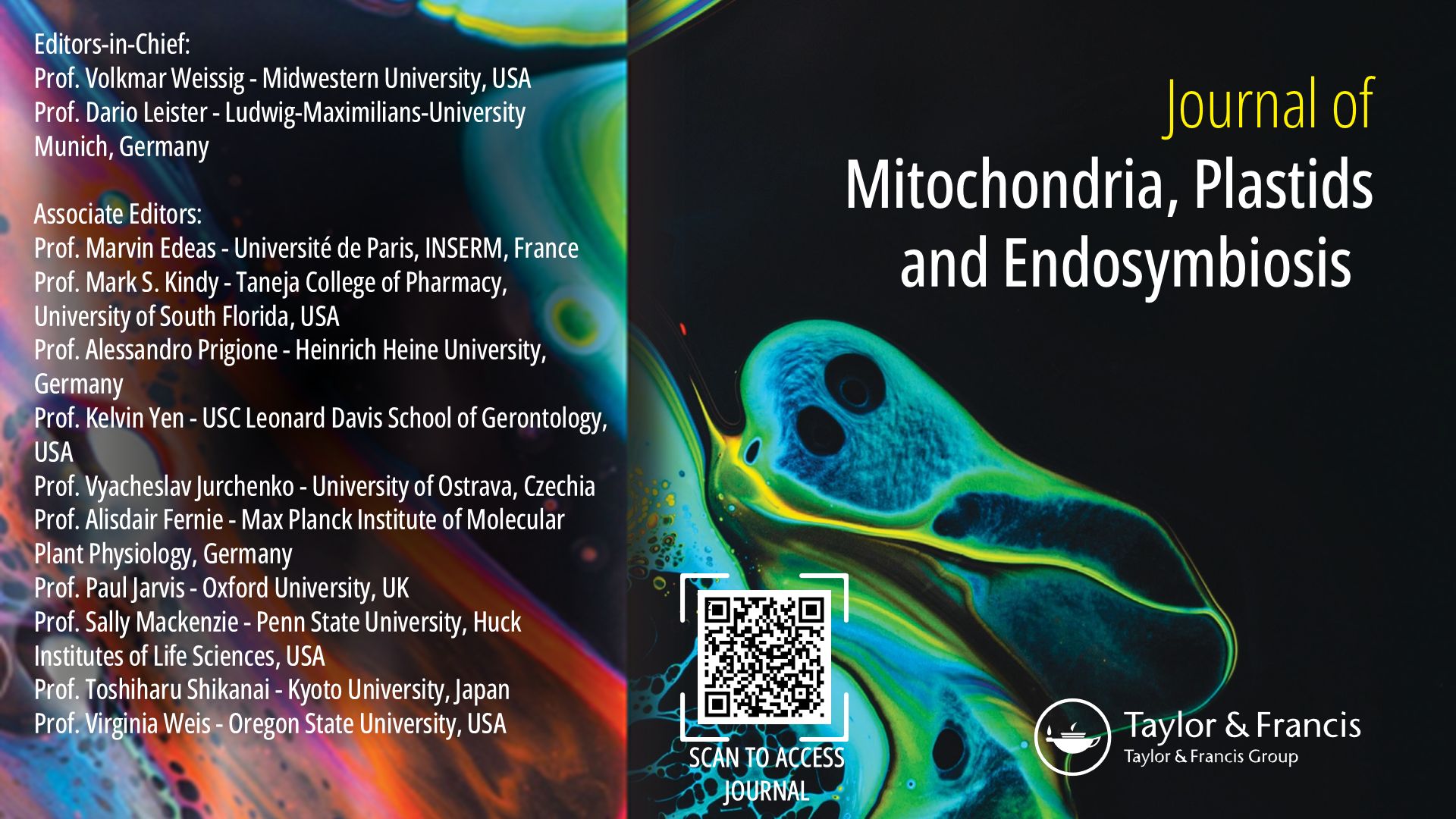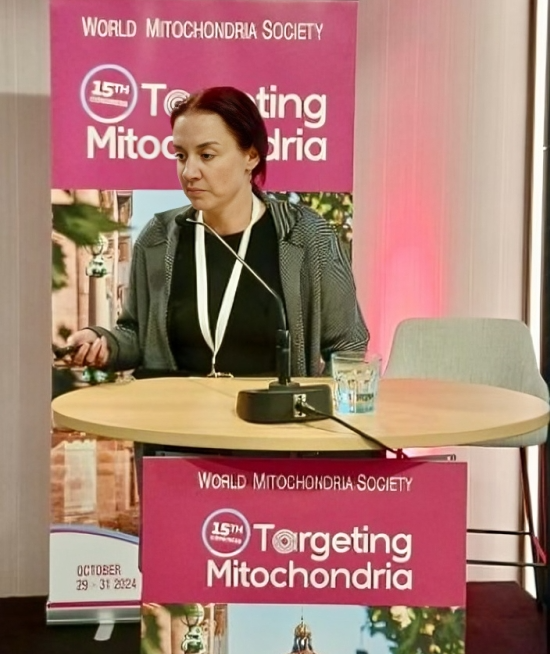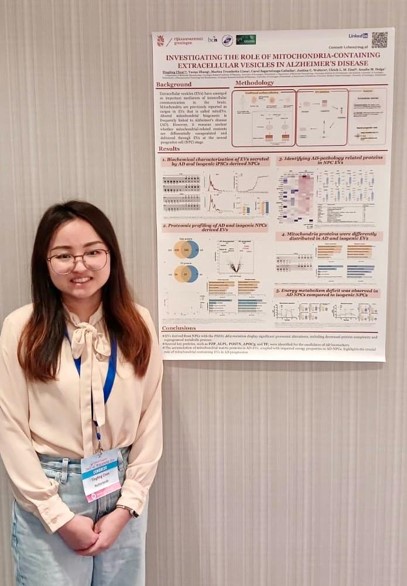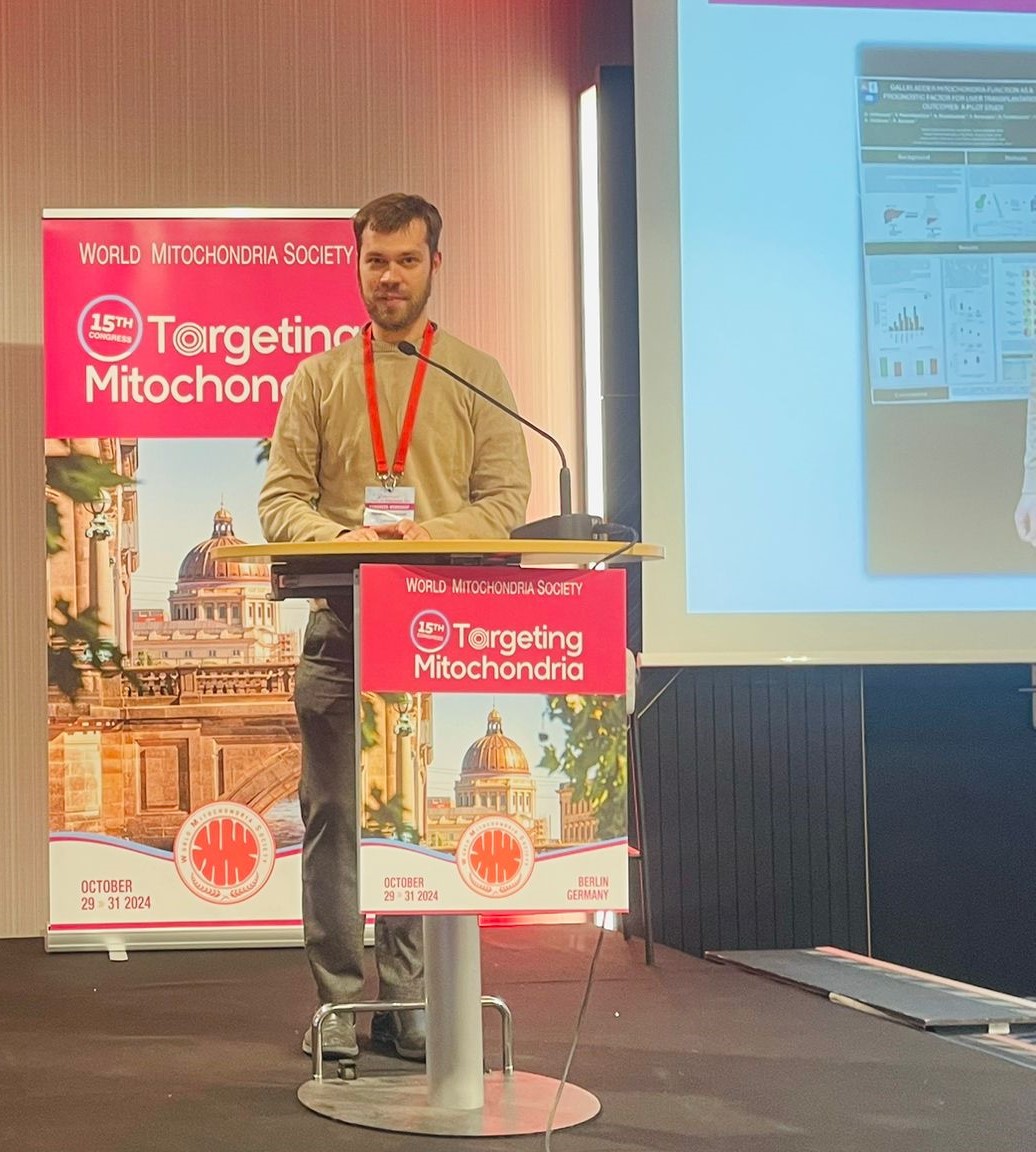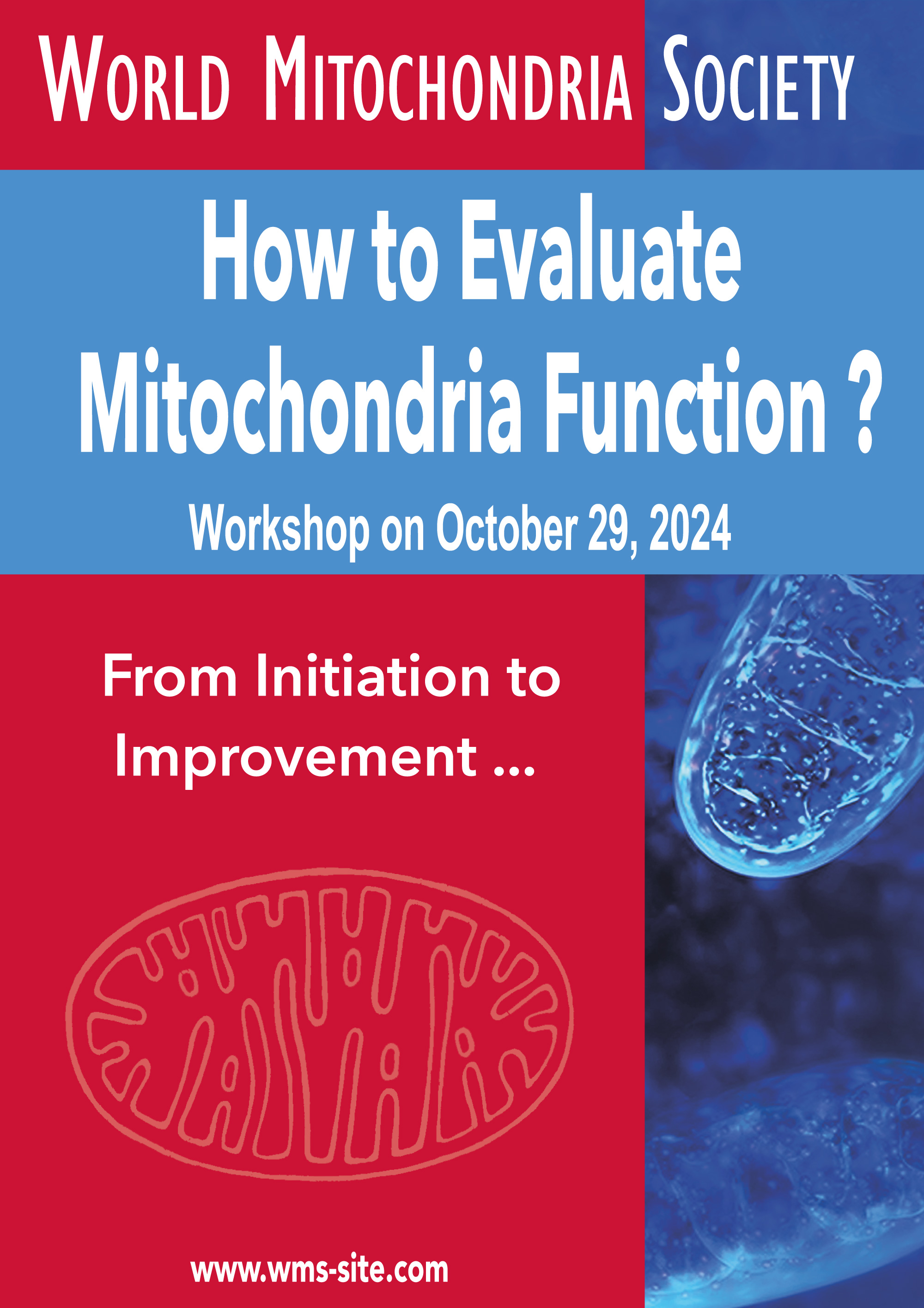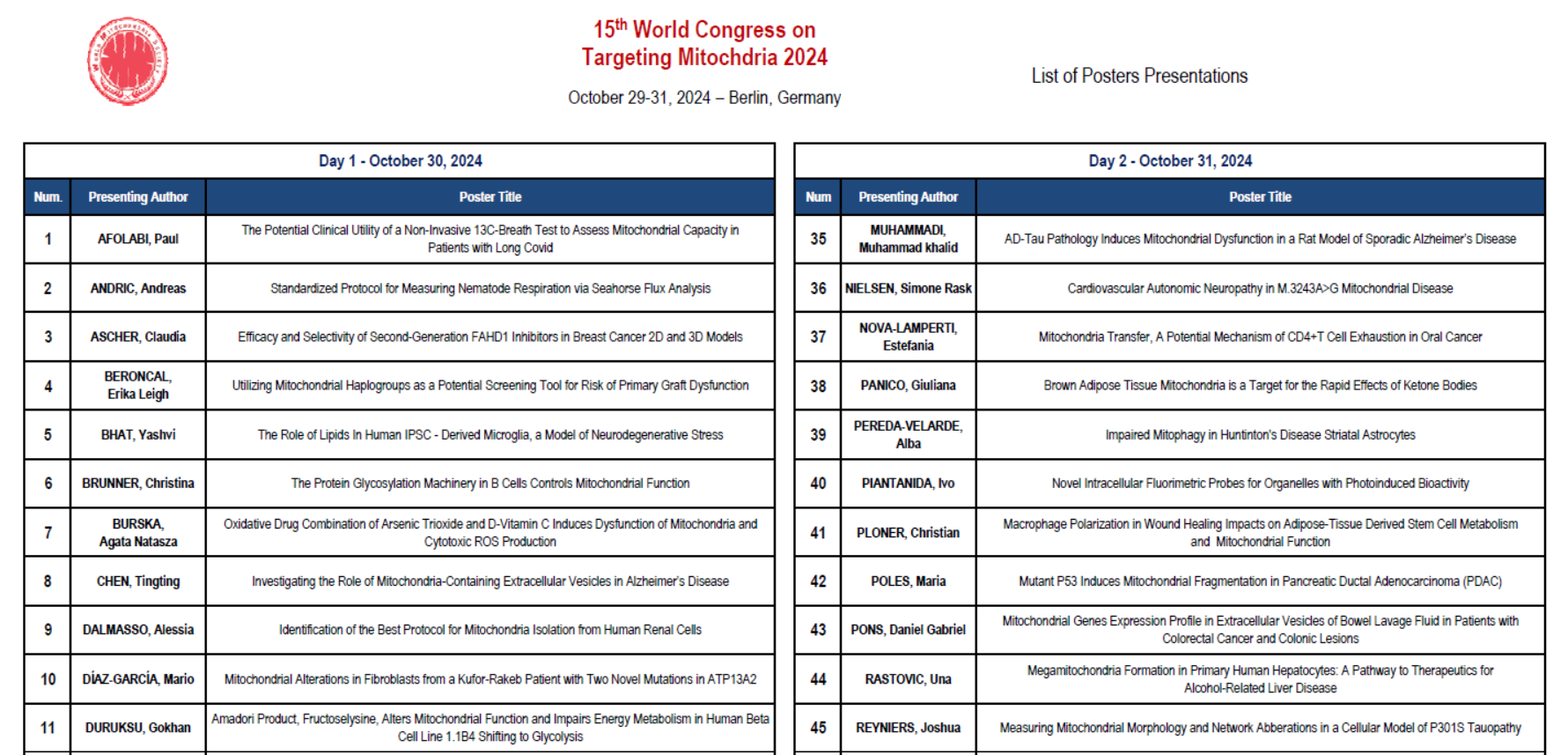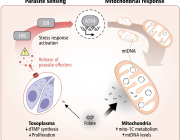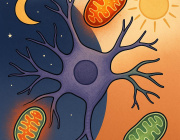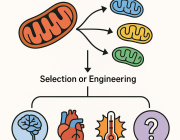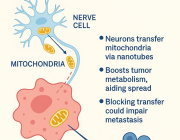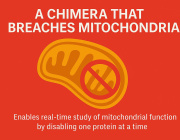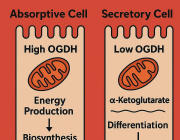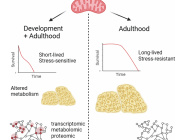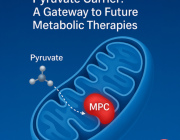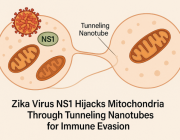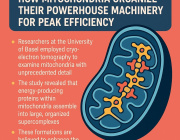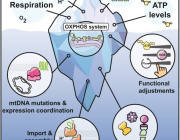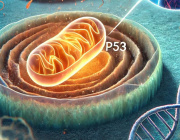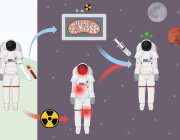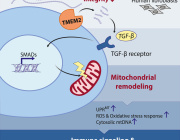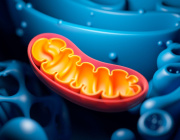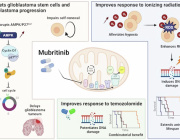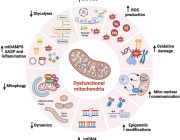Advances in Mitochondrial Modulation: How Infrared Light is Changing Brain Injury Recovery
A recent study has spotlighted the transformative role of near-infrared (NIR) light in improving mitochondrial dynamics and quality control, offering new hope for brain injury recovery following cardiac arrest. Dr. Maik Hüttemann, Wayne State University (USA) and active member of the WMS Scientific Board will join Targeting Mitochondria 2024 Congress in Berlin, where he will delve deeper into these findings and discuss the advances in infrared light treatment.
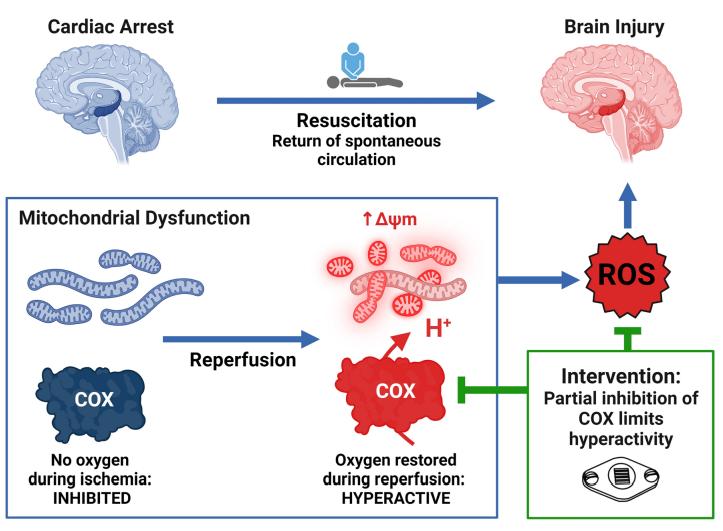
Brain injury remains a significant challenge following cardiac arrest, with mitochondrial dysfunction playing a pivotal role in exacerbating neurological damage. The study investigates how targeting mitochondrial dysfunction with near-infrared light (NIR) wavelengths can mitigate brain injury following cardiac arrest. By employing various models, including isolated porcine brain cytochrome c oxidase (COX), primary mouse neurons, and large animal models, the research provides new insights into NIR-induced mitochondrial modulation.
The research demonstrates that NIR treatment reduces COX activity in an intensity-dependent manner, achieving a controlled modulation of mitochondrial function. This approach results in a moderate reduction of enzyme activity without complete inhibition. Additionally, in neuronal cells, NIR therapy has been shown to decrease mitochondrial swelling and enhance mitophagy, indicating improved mitochondrial health and quality control.
Practical application of NIR therapy has also been investigated. In anesthetized pigs, NIR was found to penetrate deep into the brain with minimal tissue heating, making it a feasible noninvasive treatment option. Moreover, in a model of out-of-hospital cardiac arrest, NIR treatment applied during resuscitation resulted in significantly improved neurological outcomes and reduced brain injury.
The study concludes that NIR effectively modulates mitochondrial function, enhancing mitochondrial dynamics and quality control after ischemia/reperfusion. This noninvasive technique offers promising potential for improving neurological recovery in patients resuscitated from cardiac arrest.
Join Dr. Hüttemann at the Targeting Mitochondria 2024 Congress in Berlin to know more about these findings and explore the future of mitochondria and photomedicine.
Image credits: Wider, J.M., Gruley, E., Morse, P.T. et al. Modulation of mitochondrial function with near-infrared light reduces brain injury in a translational model of cardiac arrest. Crit Care27, 491 (2023).








